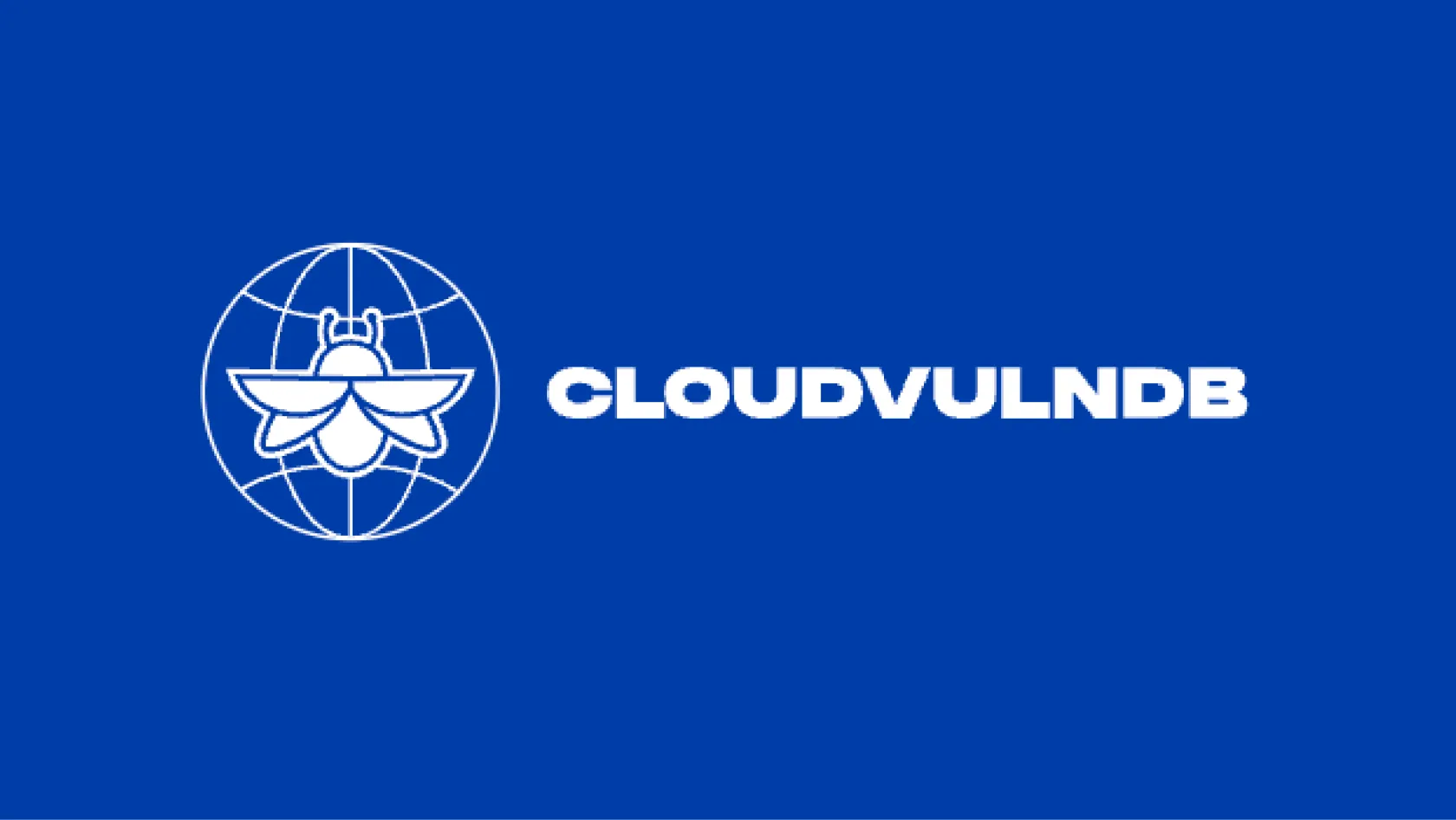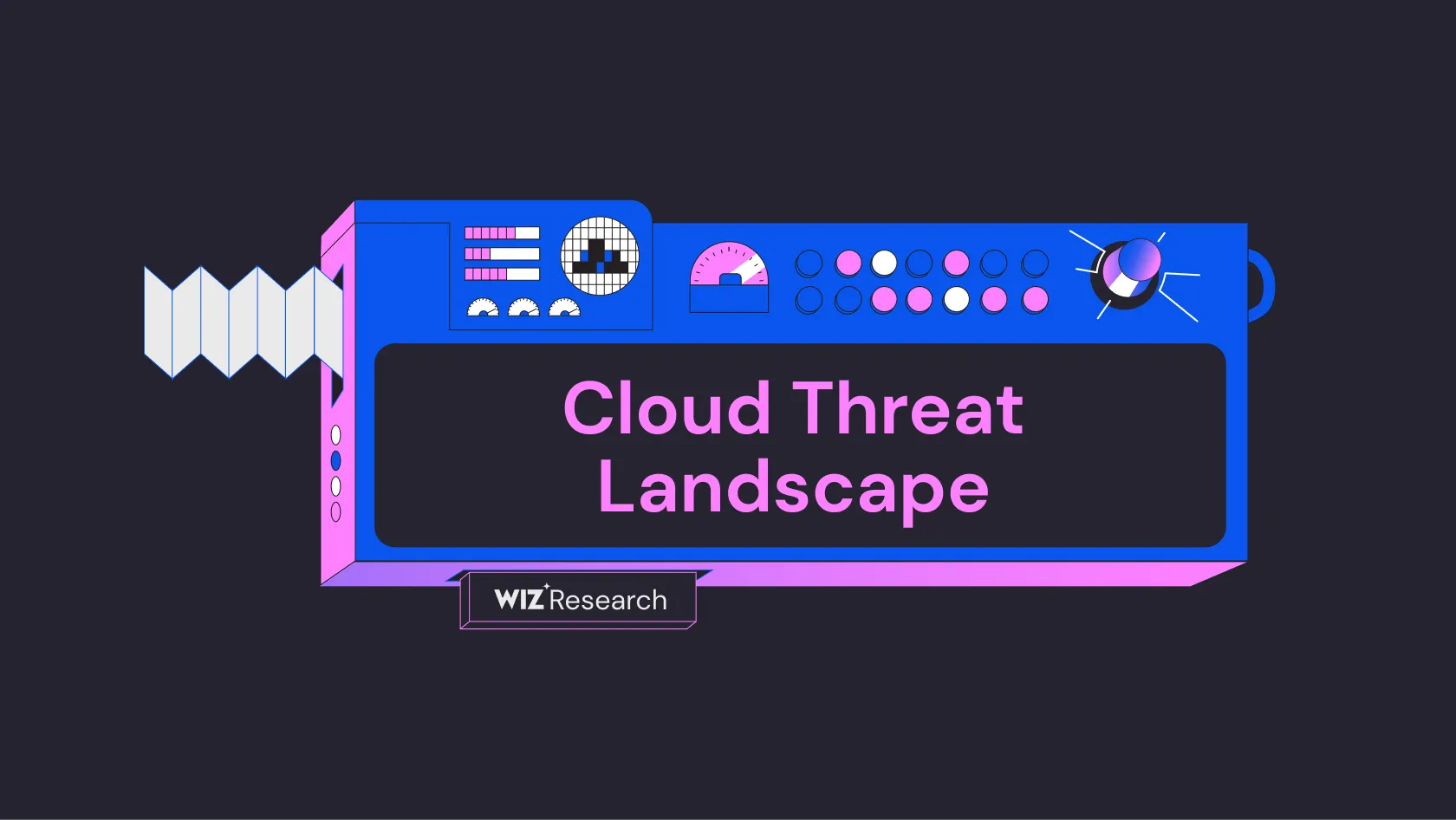
Cloud Vulnerability DB
An open project to list all known cloud vulnerabilities and Cloud Service Provider security issues
An XML External Entity (XXE) vulnerability (CVE-2025-23195) was discovered in the Apache Ambari/Oozie project on January 21, 2025. The vulnerability affects Apache Ambari versions before 2.7.9, allowing attackers to inject malicious XML entities due to insecure parsing of XML input using the DocumentBuilderFactory class without proper external entity resolution restrictions (NVD, OSS Security).
The vulnerability is classified as an XML External Entity (XXE) injection flaw, identified as CWE-611 (Improper Restriction of XML External Entity Reference). The CVSS v3.1 base score is 7.5 (HIGH) with the vector string CVSS:3.1/AV:N/AC:L/PR:N/UI:N/S:U/C:H/I:N/A:N, indicating a high-severity vulnerability with network accessibility and no required privileges or user interaction (NVD).
The vulnerability enables attackers to read arbitrary files on the server and potentially perform server-side request forgery (SSRF) attacks. This could lead to unauthorized access to sensitive configuration data, user information, and internal services (Security Online, OSS Security).
The vulnerability has been addressed in Apache Ambari version 2.7.9 and the trunk branch. Users are strongly recommended to upgrade their Ambari deployments to version 2.7.9 or later to mitigate these threats (Security Online, OSS Security).
Source: This report was generated using AI
Free Vulnerability Assessment
Evaluate your cloud security practices across 9 security domains to benchmark your risk level and identify gaps in your defenses.

An open project to list all known cloud vulnerabilities and Cloud Service Provider security issues

A comprehensive threat intelligence database of cloud security incidents, actors, tools and techniques

A step-by-step framework for modeling and improving SaaS and PaaS tenant isolation
Get a personalized demo
“Best User Experience I have ever seen, provides full visibility to cloud workloads.”
“Wiz provides a single pane of glass to see what is going on in our cloud environments.”
“We know that if Wiz identifies something as critical, it actually is.”